A cost‐effective, automated parasite diagnostic system that does not require special sample preparation or a trained user.
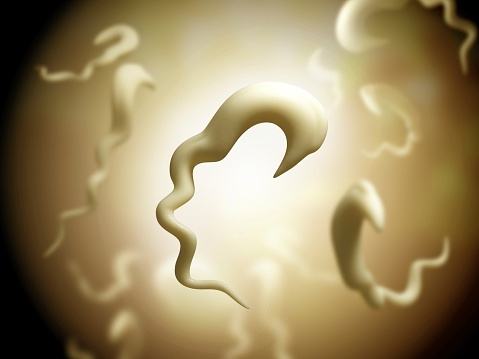

A cost‐effective, automated parasite diagnostic system that does not require special sample preparation or a trained user.

Raman spectroscopy is an emerging microbiologic diagnostic tool and can be used as an intrapartum screening test for Streptococcus bacteria.
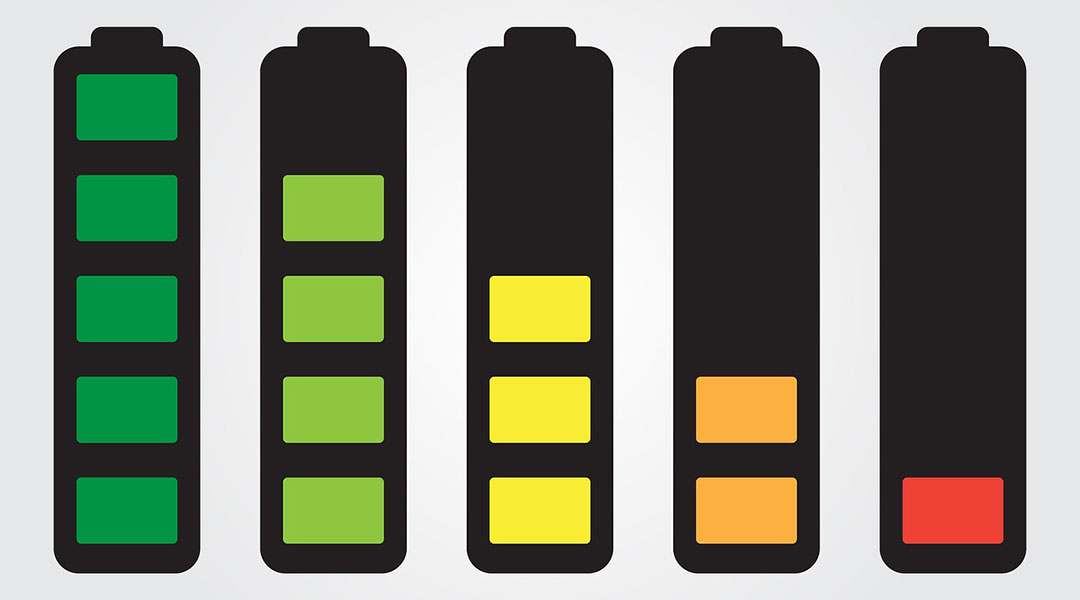
Jonathan Coleman of TCD elucidates the trade-off between rate performance and capacity in battery electrodes, and explains how to optimise it.
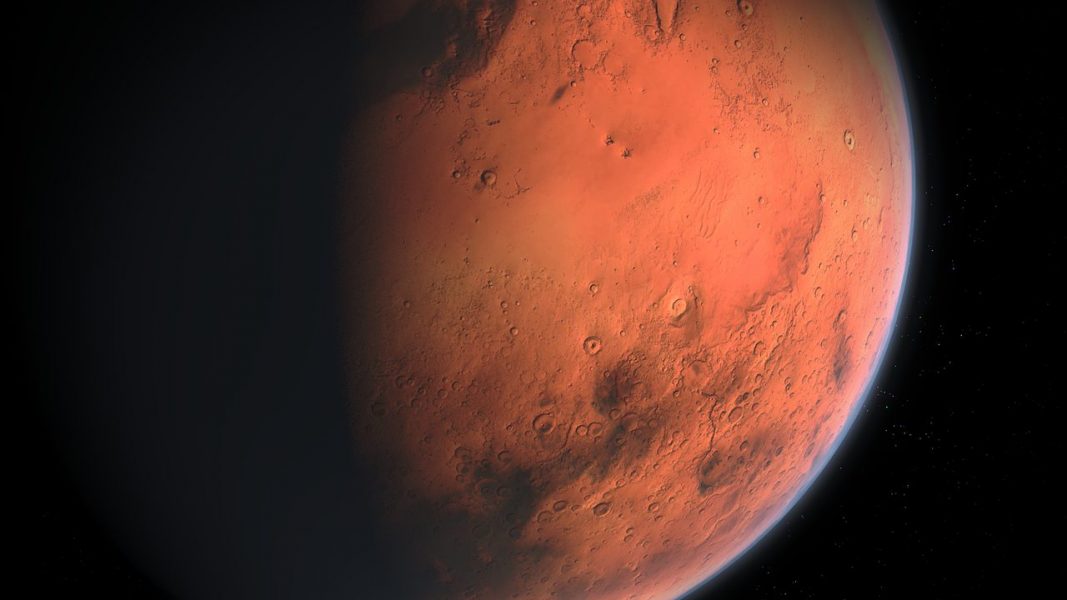
Exciting prospects for the future of manned space exploration!
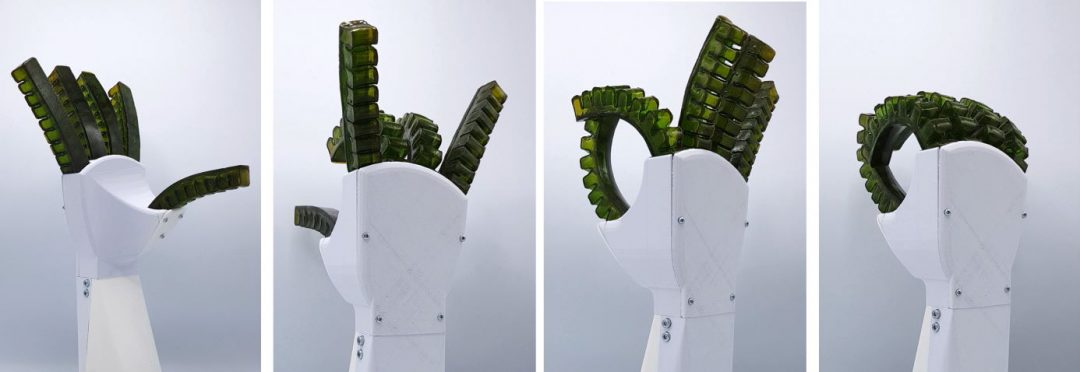
A joint European project plans to create a soft robot made from a self-healing material, which can detect and localize a damage like a pain.

A new green catalyst converts carbon dioxide and hydrogen into methanol.
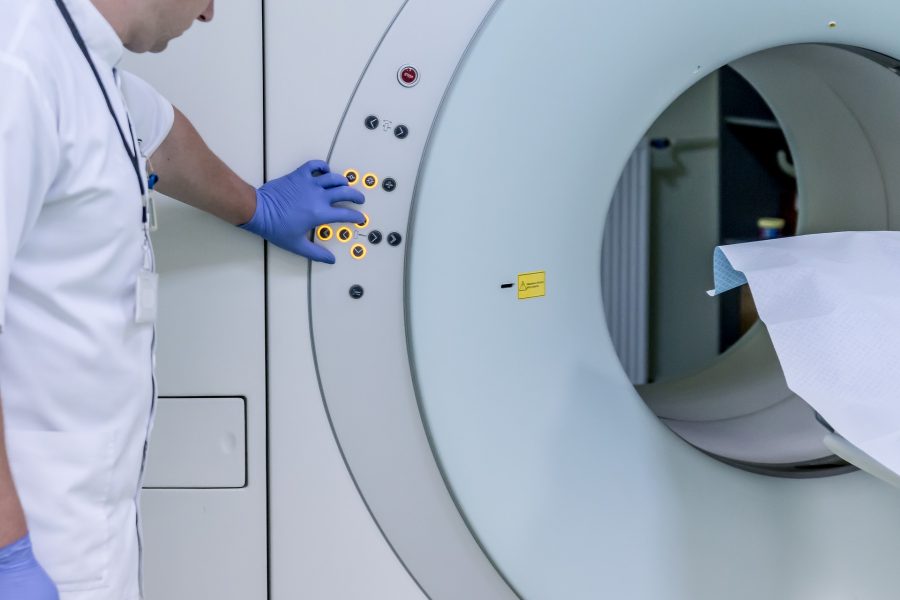
Nanoparticle-based gadolinium contrast agents to improve the safety of MRIs.
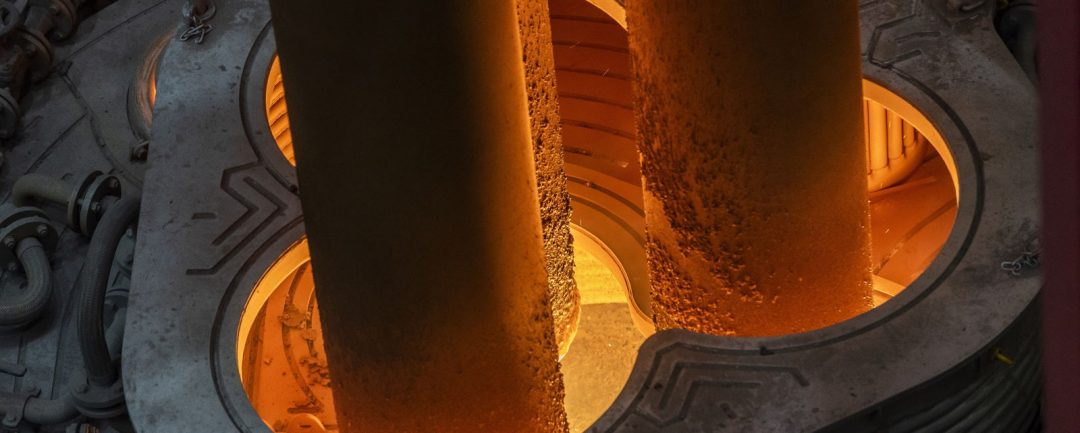
Steel manufacturer, Thyssenkrupp, is using state-of-the-art technologies to meet goals set at the 2015 Paris climate conference.
![A New Fabrication Process for Transparent Glass Heaters [Video]](https://www.advancedsciencenews.com/wp-content/uploads/2019/09/Thumbnail.png)
High-performance transparent glass heaters are manufactured using a silver mesh fabrication technique.
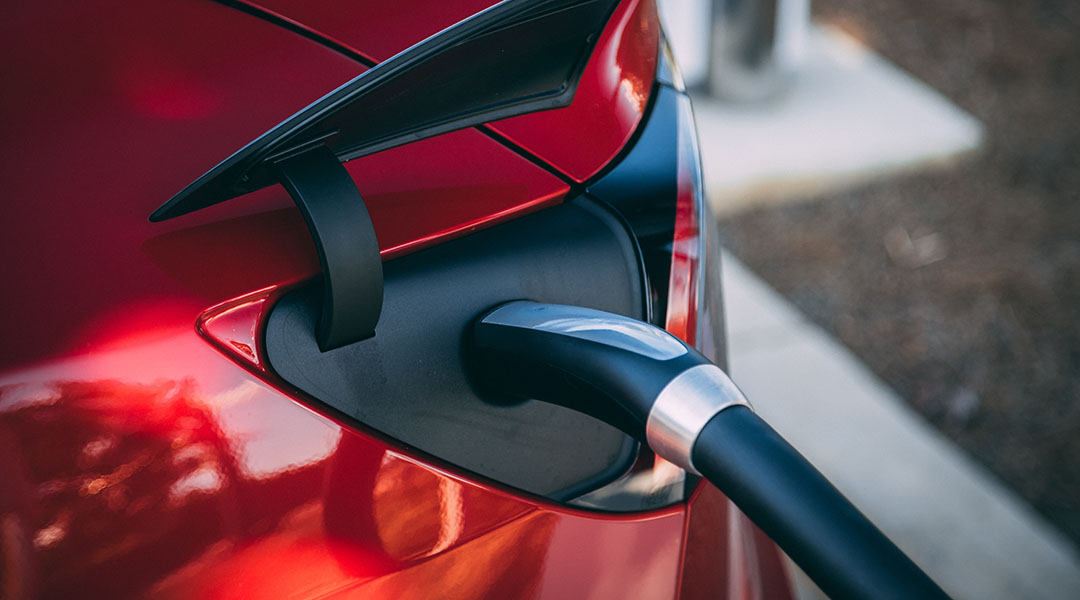
A research team has invented a new coating that could finally make safe and long lasting lightweight lithium metal batteries.